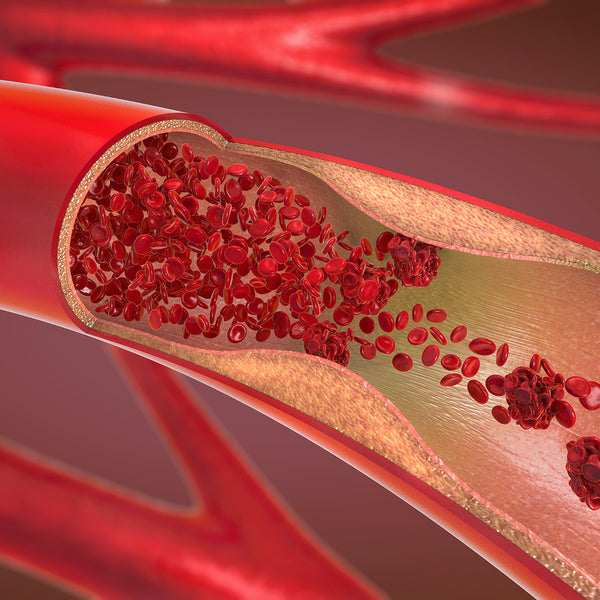
Supported by 30 human clinical trials, Oligonol is a patented, low-molecular-weight polyphenol derived from lychee fruit (85%) and green tea (15%) with excellent absorption and multiple anti-aging benefits.* It addresses the three major causes of aging: poor blood circulation, cell oxidation and inflammation.*[1],[2], [3],[4],[5]
Oligonol has been clinically shown to:
MicroActive Oligonol is a new, micronized form of Oligonol that has demonstrated significant sustained release activity in dissolution studies and increased residence time and absorption in a human study. The results of this research indicate MicroActive Oligonol:








)
MicroActive Oligonol is micronized, meaning the particles have been reduced to a small particle size (10 microns) allowing for greater transport through veins and capillaries. In addition, the special mix of polymers in MicroActive Oligonol slows the rate at which Oligonol is released, so it stays in the bloodstream longer.
)
Oligonol is made from lychee fruit and green tea, both of which have a long history of human consumption. Oligonol has been accepted by the FDA as an NDI and is GRAS (self-affirmed) and kosher-certified. Multiple studies on humans and animals have confirmed its safety.*[13],[14],[15],[16]
[1] Bioequivalence study of Oliginol. Report, Amino Up Chemical Company, Ltd. Japan. 2007 Jun 13.
[2] Hackman R, et al. HHPoPo Polyphenols Communications. 2008;2(T5.79)
[3] Aoyagi K. Presented at the 11th Annual Meeting of the Japanese Society for Complementary and Alternative Medicine. 2008 Nov.
[4] Sakurai T, et al. Bisosci Biotechnol Biochem. 2008;72:463-76.[5] Lee JB, et al. Nutr Res Practice. 2010; 4(3):203-7.
[6] Nishihira J, et al. Presented at the 4th International Conference on Polyphenols and Health (ICPH2009). 2009.
[7] Tani M, et al. Presented at 15th International Symposium on Atherosclerosis. June 2009.
[8] Nishihira J et al. J Funct Foods. 2009;1(4):341-48.
[9] Tsuboi T, et al. Presented at the 16th AHCC Research Association Meeting. 2008 Aug.
[10] Mackenzie R. Presented at Experimental Biology Meeting. 2010 Mar.
[11] Ohno H, et al. Adv Excerc Sports Physiol. 2008; 13(4):93-9.
[12] Shimomura Y, et al. Int J Sports Nutr Excerc Metab. 2010 Jun;20(3):236-44.
[13] Thirunavukkarasu M, et al. Toxicol Mech Methods 2012; 22(7):555-9.
[14] Fujii H, et al. Food Chem Toxicol. 2008;46:3553-62.
[15] Spierings E, et al. A Phase I Multiple Dose Trial of the Safety of Oligonol, a Novel Polyphenol Oligomer, in Healthy Volunteers. Unpublished study.
[16] Oligonol 3-month Clinical Safety Study. 2006 Jul 20. Amino Up Chemical Co., Ltd., Japan. Unpublished study.